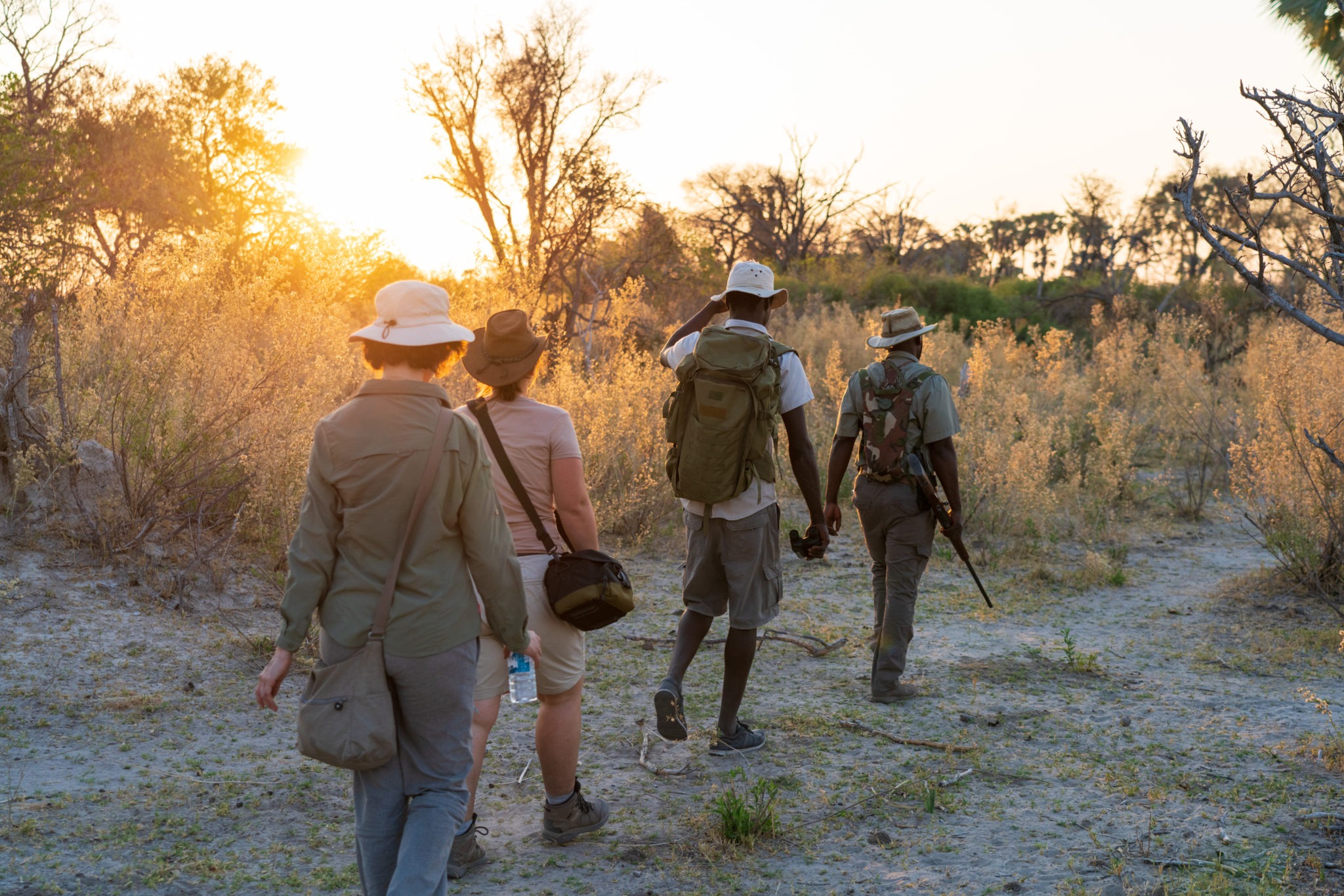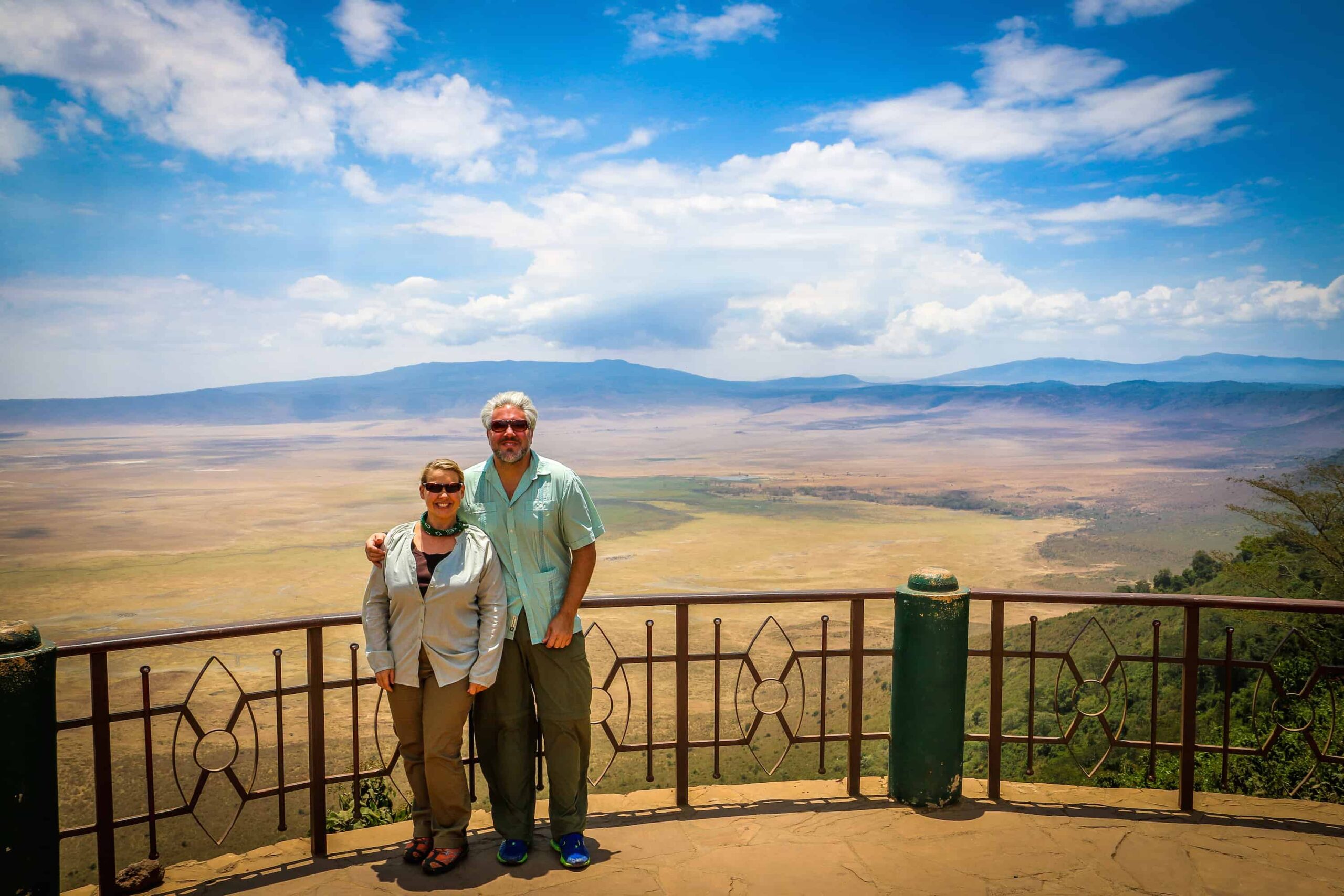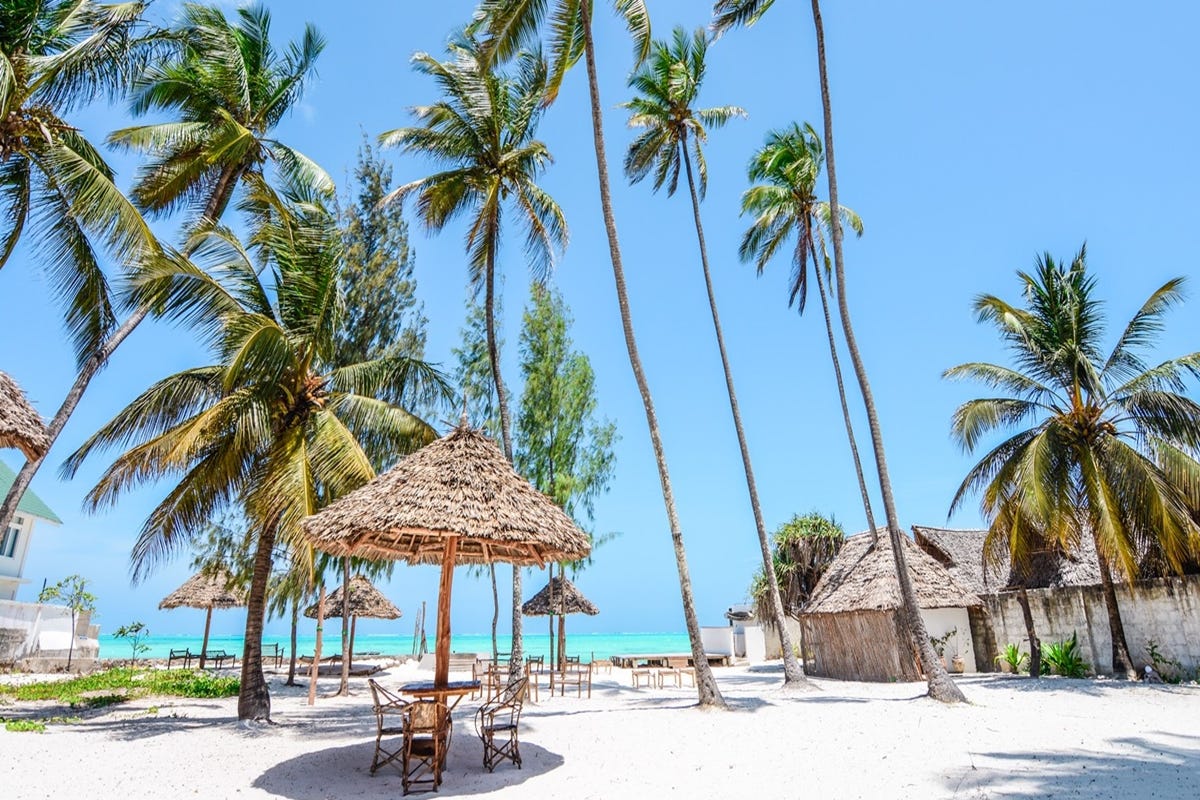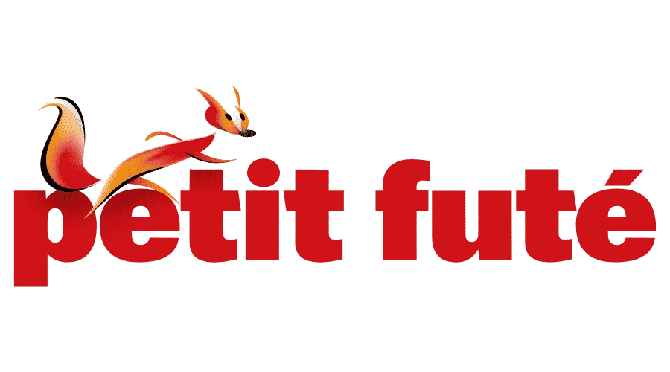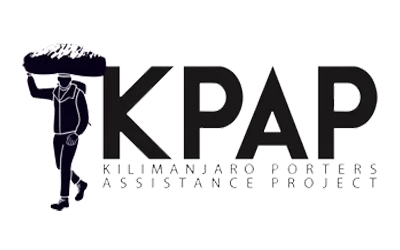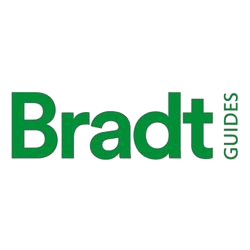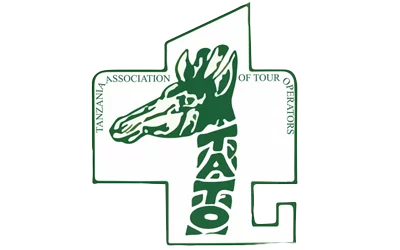Introduction
Are you ready for an unforgettable adventure? If you seek to challenge your limits, experience breathtaking landscapes, and stand on the roof of Africa, then the 8 days Lemosho route Kilimanjaro climbing is the expedition of a lifetime. In this comprehensive guide, we will take you through all aspects of this remarkable journey, providing insights, tips, and answers to frequently asked questions.
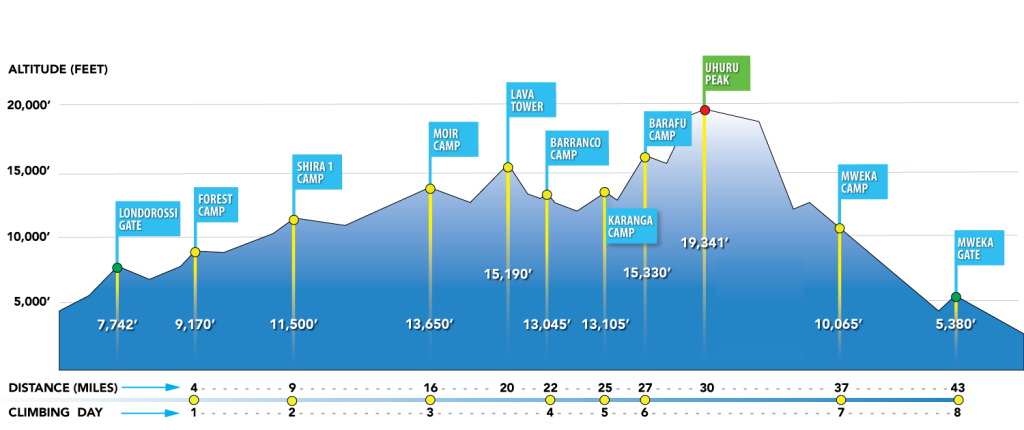
Planning Your Kilimanjaro Adventure
Choosing the 8 Days Lemosho Route
The journey begins with choosing the right route. The 8 days Lemosho route is renowned for its scenic beauty, low traffic, and high success rates. This route provides ample time for acclimatization, increasing your chances of reaching the summit.
Preparing for the Expedition
Before embarking on this adventure, thorough preparation is key. From acquiring the right gear to physical conditioning, every detail counts. Make sure to pack essentials like waterproof clothing, sturdy boots, and a comfortable backpack.
Acquiring Permits
Kilimanjaro is a protected area, and obtaining the necessary permits is essential. Safari Nuggets as your tour operator will typically handle this for you.
Training and Fitness
Kilimanjaro is not a technical climb, but it’s a strenuous high-altitude trek. Regular cardiovascular and strength training is essential to prepare your body for the physical demands of the expedition.
The 8 Days Lemosho Route Kilimanjaro Climbing Experience
Day 1: Arrival in Moshi
Your Kilimanjaro adventure begins with your arrival in Moshi, a bustling town in Tanzania. You’ll be transferred to your hotel, where you can rest and prepare for the climb. It’s essential to spend this time acclimatizing to the altitude.
Day 2: Londorossi Gate to Mti Mkubwa
Your journey begins at Londorossi Gate, where you’ll complete park formalities and meet your guides and porters. The trail takes you through lush rainforests, and you’ll camp at Mti Mkubwa.
Day 3: Mti Mkubwa to Shira 1 Camp
The trail ascends through the rainforest and into the heather and moorland zone. You’ll reach Shira 1 Camp, nestled below the Shira Plateau, with stunning views of Kilimanjaro.
Day 4: Shira 1 Camp to Shira 2 Camp
Hiking through the Shira Plateau, you’ll experience the stark beauty of the alpine desert. The Shira 2 Campsite offers panoramic views of the Kibo summit.
Day 5: Shira 2 Camp to Barranco Camp
As you trek towards Barranco Camp, you’ll traverse through the famous Lava Tower. The Barranco Valley is known for its unique flora and challenging Barranco Wall.
Day 6: Barranco Camp to Karanga Camp
The trail leads you to Karanga Camp, situated on a moraine ridge. This is a shorter hiking day, allowing for acclimatization and rest.
Day 7: Karanga Camp to Barafu Camp
Hiking to Barafu Camp, you’ll be above the clouds and close to the summit. Rest, hydrate, and prepare for the final ascent.
Day 8: Barafu Camp to Uhuru Peak and Mweka Camp
This is the day you conquer the summit! Starting at midnight, you’ll hike to Uhuru Peak, the highest point in Africa. Descend to Mweka Camp for a well-deserved rest.
Day 9: Mweka Camp to Mweka Gate
The final day of your adventure sees you trekking through the lush Mweka rainforest. The descend is filled with relief and awe at your incredible accomplishment. Upon reaching Mweka Gate, you’ll receive your summit certificates and be transferred back to Hotel in Moshi.
Day 10: Departure – Kilimanjaro International Airport
After a good night’s rest at your hotel, you will take breakfast ready for the scheduled check-out by 10.00hrs.(If you wish to remain in the hotel during the day, please advise us of this when you book your trip and we will inform you of the cost for a ‘day room’ which allows you to stay until 18:00hrs, and then make the booking on your behalf.)
As the transfer services have been already included in this package, you will be collected from your hotel and dropped off at the airport.
When planning your Kilimanjaro expedition, it is essential to establish a clear budget in advance and take into account additional expenses such as tips for guides and concierge staff.
Safari Nuggets is a reputable local tour operator that helps you plan a safe and successful climb with a successful summit rate of over 95%.
What is the price for Kilimanjaro Climbing on 8 Day Lemosho Route?
Below is a 2024 price list for the Kilimanjaro 8 Day Lemosho route against the group size of climbers. Look for your expected group size and the price, then make a booking for your upcoming adventure with Safari Nuggets.
|
8 Days Lemosho Route Prices Per Person |
|
|
Number of Climbers |
Cost per Climber |
|
1 |
$3224 |
|
2 |
$2665 |
|
3 |
$2621 |
|
4 |
$2598 |
|
5 |
$2579 |
|
6 |
$2556 |
|
7 |
$2536 |
|
8 |
$2538 |
|
9 |
$2519 |
|
10+ |
$2491 |
The Trekking Package Price Includes:
- Airport pick up and drop off – Kilimanjaro Airport (JRO) – Moshi
- 2 Hotel nights accommodation in Moshi (one night before the trek and the night after the trek)
- All park fees for the national park including taxes
- All meals and unlimited drinking water while on the mountain
- Private toilet tent included (1 toilet for every 7 climbers)
- All salaries for guides, assistant guides, chef, porters
- Transport to and from the park gate
- Oxygen for altitude sickness emergencies
- All camping equipment (tents, tables, chairs, cooking equipment, dining tent, sleeping mattress — but not sleeping bag)
The Trekking Package Price Excludes:
- Extra JRO airport pickups and drop offs ($40 per car)
- Sleeping bag – please bring your own or rent one from our equipment rental shop
- International flights & visas
- Travel Insurance
- Mountain climb staff tips
- Alcoholic drinks
- Personal travel and baggage
- Telephone/internet bill
- Laundry service
- Any personal items
- Activities not mentioned in the program
Note: For private groups with an even number of participants, the price is based on double occupancy in the hotel in Moshi and in the tents on the mountain. Private rooms/tents are available at an added price. For odd numbered participants, the price for one single hotel room and tent is already factored into the quoted price. Our default policy is to divide the entire price evenly. If you prefer, we can calculate a separate price for those with double occupancy and the person with single occupancy.
Everything you need to know about mountain crew tipping
How many crew members will there be on my climb?
While we will know in advance how many guides, assistant guides and cooks you will have for a climb, we will not know how many porters will be used until the morning of the climb. The maximum weight allowed for each porter to carry is 20kg plus their own gear. Of course, they also need 3 meals a day and a mattress (not all companies supply these for porters, but we do). So once the total weight of all items being brought on the mountain is weighed, we will know the definite crew numbers. Typically for a small group (4 climbers or less), a rough estimate of the number of porters is 4 porters/climber. For larger groups, approximately 3 porters per climber. Marangu route (overnights in huts) will use about 1 porter per climber less. While we can accommodate group sizes of any number, the national park treats groups over 10 people as 2 climbs. This means that for more than 10 in your group, there will be 2 head guides, 2 cooks, etc. The group will still be together as one group on the mountain though.
How much is a recommended tip?
It is through the accumulation of feedback from our clients that the guidelines below have been suggested.
Recommended tipping rates range from:
- For head guide $20 – $30/day
- For each assistant guide $15 – $20/day
- For cook $15 – $20/day
- For each porter $5 – $7/day
Out of the group of porters, some will have additional duties during the entire climb such as tent master, waiter and toilet attendant (if using private toilet tents). We suggest giving an additional amount of $3/day to these porters. There will also be summit porters who will have additional duties during summit day only. We suggest $20/trip for the summit porters. These are only guidelines. It is up to you and your budget if you want to vary from this.
Meals during Kilimanjaro climb
While on the mountain, eating a good diet is essential for a successful climb. The food must be high energy, plentiful, appealing and easy to digest. These are important components since a great amount of energy is required. The most common symptoms of altitude sickness are nausea and loss of appetite. Food that will not disturb the stomach further is essential and since climbers at times have to force themselves to eat. The food must be appealing.
A typical breakfast may have combinations of the following:
Porridge, breads/chapati, plantains, pancakes, eggs, sausage, hot chocolate/ tea/ coffee, fruit
Lunches and dinners:
Pasta, rice, plantains, potatoes, vegetables, meat, bread, soup/stew, fruit, popcorn, peanuts
Our cooks can accommodate special diets such as vegetarian/vegan, food allergies, gluten free, etc. We welcome special requests (before we are on the mountain, please).
There is no food preservation method on the mountain (this gets less important as the temperature gets colder) but we resupply the food part way through the climb to insure freshness.
Booking Your Kilimanjaro Climb
You can book your 2024 Kilimanjaro climb by filling this form and submit your request. Our tour consultant will get back to you shortly with a quote proposal for your climb. Also see what other customers say about Safari Nuggets on TripAdvisor. Read our Kilimanjaro FAQs and Kilimanjaro Packing List.
Frequently Asked Questions (FAQs)
Is climbing Kilimanjaro safe?
Yes, with the right preparation and a reputable tour operator, climbing Kilimanjaro can be safe. Safety is a top priority for guides and porters.
What’s the best time to climb Kilimanjaro?
The best times are during the dry seasons, from late June to early October and from late December to early March.
How fit do I need to be?
While you don’t need to be an athlete, a good level of fitness is essential. Regular exercise and cardiovascular training are recommended.
What should I pack?
Essential items include warm clothing, comfortable hiking boots, a sleeping bag, and a water purification system.
How high is Kilimanjaro’s summit?
Kilimanjaro’s highest point, Uhuru Peak, stands at an impressive 5,895 meters (19,341 feet) above sea level.
Can I climb Kilimanjaro independently?
No, climbing Kilimanjaro requires a registered tour operator. They will provide guides, porters, and arrange permits. Read reviews on TripAdvisor and know what other people say about Safari Nuggets.

